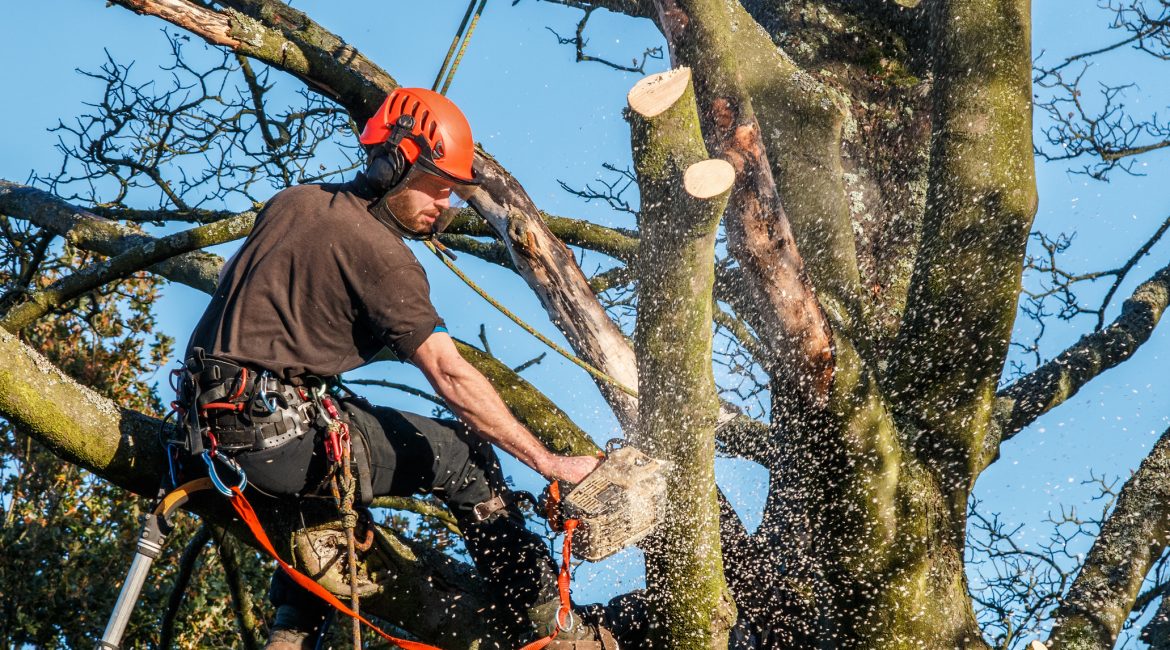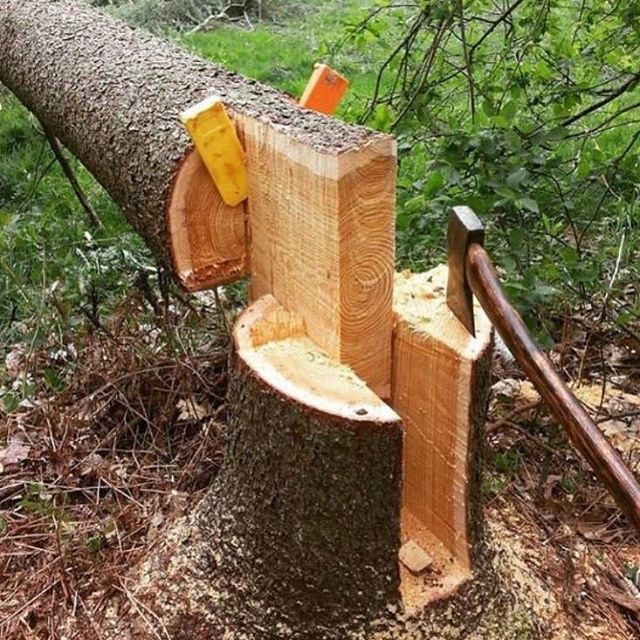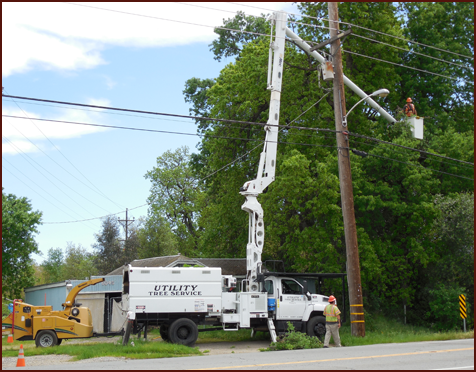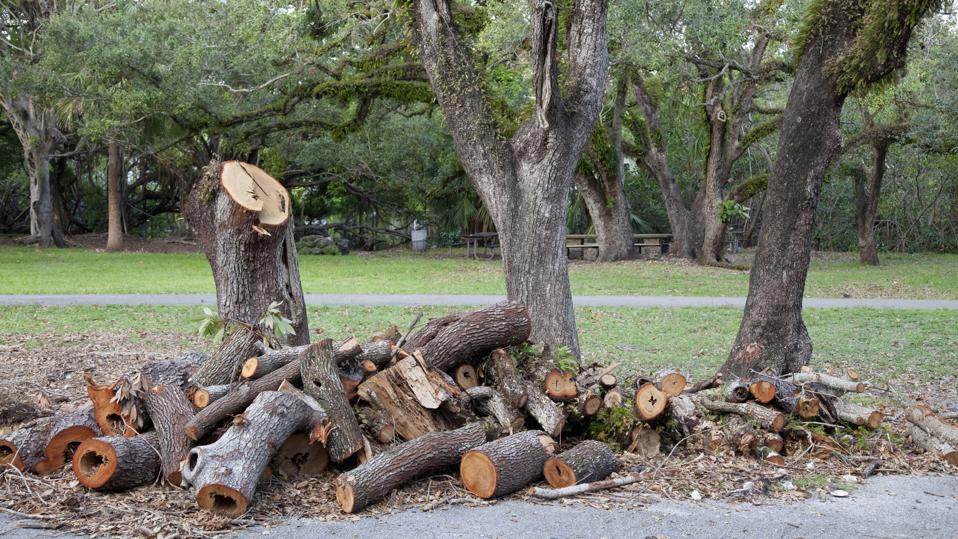[ad_1]
There are many things to consider when hiring a tree surgeon. Before you hire one, check out his or her background, educational qualifications, and professional affiliations. These will give you a good idea of how updated they are and whether they are committed to providing quality tree interventions. You should also request a written quote from each tree surgeon. If they are quoting a price that is too low, it may be a sign that they don’t do quality work. Also, you should check if they have liability and employee insurance. Lastly, make sure they are certified to do climbing work.
Qualifications to become a tree surgeon
If you want to become a tree surgeon, there are a number of different routes you can take. You can study for a foundation degree, higher national diploma, or a degree in tree surgery. You can also volunteer to gain experience or to take courses on the job. Tree surgery is an extremely physical occupation and requires the right combination of physical strength and mental strength. You must also be able to work well in teams and under pressure. Tree surgeons also need to be passionate about their craft.
In general, tree surgeons work long hours. Some may work as many as forty hours per week. Most of their work is done during normal working hours, but sometimes they are called upon to work during unsociable hours. Despite this, they can enjoy working outdoors and enjoy getting fresh air. In addition to working outdoors, tree surgeons often learn about root pruning and how to locate and prune underground tree roots.
To become a tree surgeon, you need to complete a degree in arboriculture or forestry, or gain relevant technical experience in the field. You can also choose to join the Army National Guard or a tree climbing arborist program to get on the job experience. You can also become a certified tree care safety professional by taking an accredited course offered by the Tree Care Industry Association (TCIA).
Duties of a tree surgeon
Tree surgeons are professionals who work in forestry, managing individual trees and entire woodlands. They may work for private companies, local authorities, or consulting firms. The work of a tree surgeon may involve pruning, climbing, and maintaining the health of trees. A tree surgeon may also have managerial or supervisory responsibilities.
Tree surgeons need to be certified and have at least three years of experience. They should be able to explain tree diseases and illnesses in simple terms. In addition to explaining technical terms, they should be able to use heavy machinery to safely work on trees. They should have all the necessary tools for the job.
Some tree surgeons specialize in clearing trees. This task may require extra personnel and specialist equipment. If the tree is very tall, a tree surgeon may need to use a ladder and climbing equipment. A vehicle is also needed for waste removal. The tree surgeon should notify the neighbours if he or she is planning to clear a site.
Salary of a tree surgeon
The salary of a tree surgeon is fairly high, but there are certain downsides. These include the long hours and the lack of sociability. In addition, there may be times when a tree surgeon is required to work late, on weekends, or during inclement weather. While this may affect personal life, it can have significant financial benefits.
A tree surgeon’s salary can vary greatly, depending on their level of experience and level of expertise. Entry-level workers usually earn around PS16,000 a year, while those with more experience can earn as much as PS35,000 a year. The salary of a tree surgeon can also increase significantly if they work in teaching or consultancy roles.
The salary of a tree surgeon varies greatly depending on experience and location. While the median salary is approximately PS16,000 per year, the top 20% of Tree Surgeons can earn as much as PS23,000 annually.
Continuing professional development for tree surgeons
Tree surgeons work outdoors and often use various types of equipment. These tools can include chainsaws, axes, stump grinders, and cranes. Additionally, tree surgeons must follow certain safety protocols and procedures. They can benefit from continuing their education through training and other means. There are also a number of different certifications that tree surgeons can earn.
Continuing professional development for tree surgeons can help them keep up with ever-changing laws and standards. This helps keep them safe and legal. It can also help them advance in their career. Many tree surgeons also find that membership of a professional body improves their skills and career prospects. Membership to organizations like the Royal Forestry Society and Arboricultural Association provides access to industry contacts and networking events.
Tree surgeons are responsible for keeping trees alive and healthy and promoting tree conservation. Although the minimum education requirement for this occupation is a high school diploma, most have a bachelor’s degree. Their degree courses may include forest protection, introduction to soil science, tree anatomy, and biotic disorders.
[ad_2]





